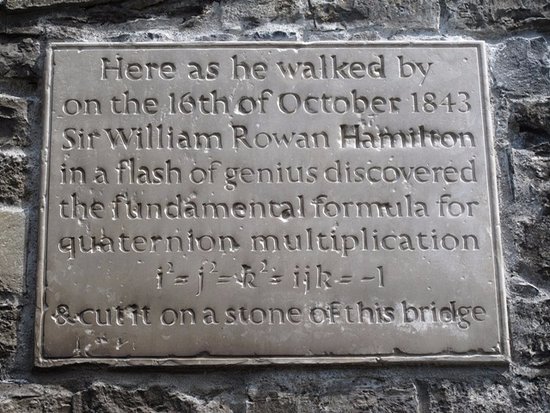Quantum Information
Section outline
-
-
Contains some additional material.
-
-
-
The paper of Einstein, Podolski and Rosen pointing out that quantum mechanics is at odds with the views of classical physic about physical reality. The paper gave rise to the term "EPR pair".
-
Bohr replies that the concept of "physical reality" is inadequate, and that we have to accept new point of view that he calls "complementarity".
-
It turns out that even if there is no real issue with the interpretation of quantum mechanics, there is at least a controversy concerning whether there is such an issue.
-
An attempt to classify existing interpretations (by someone who maintains that the dispute should be solved).
-
A systematic reflection on the status of the quantum mechanics by a prominent mathematician and logician (and philosopher).
-
-
-
The revised translation.
-
-
The revised translation.
-
Reflection on the Dirac notation for a mathematical purist.
-
-
Corrected English version (tensors as multilinear forms)
-
-
-
Kapitola skript
-
A revised translation
-
-
-
- in Czech
- from the lecture Number Theory and RSA
- the relevant example is translated in the file above
-
-
Linear algebraic definition of the basis of characters, or the Fourier basis.
-
An alternative point of view of Shor's algorithm
-
You can find some nice playgrounds/simulators here: Quirk, Quantum Computing Playground. Alternatively, you can create an account on IBM Quantum and deploy your code on a real quantum hardware (although it is noisy).
